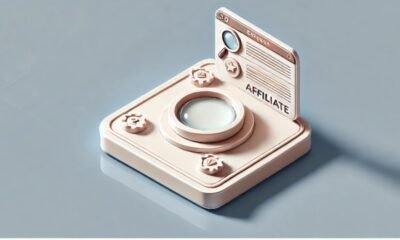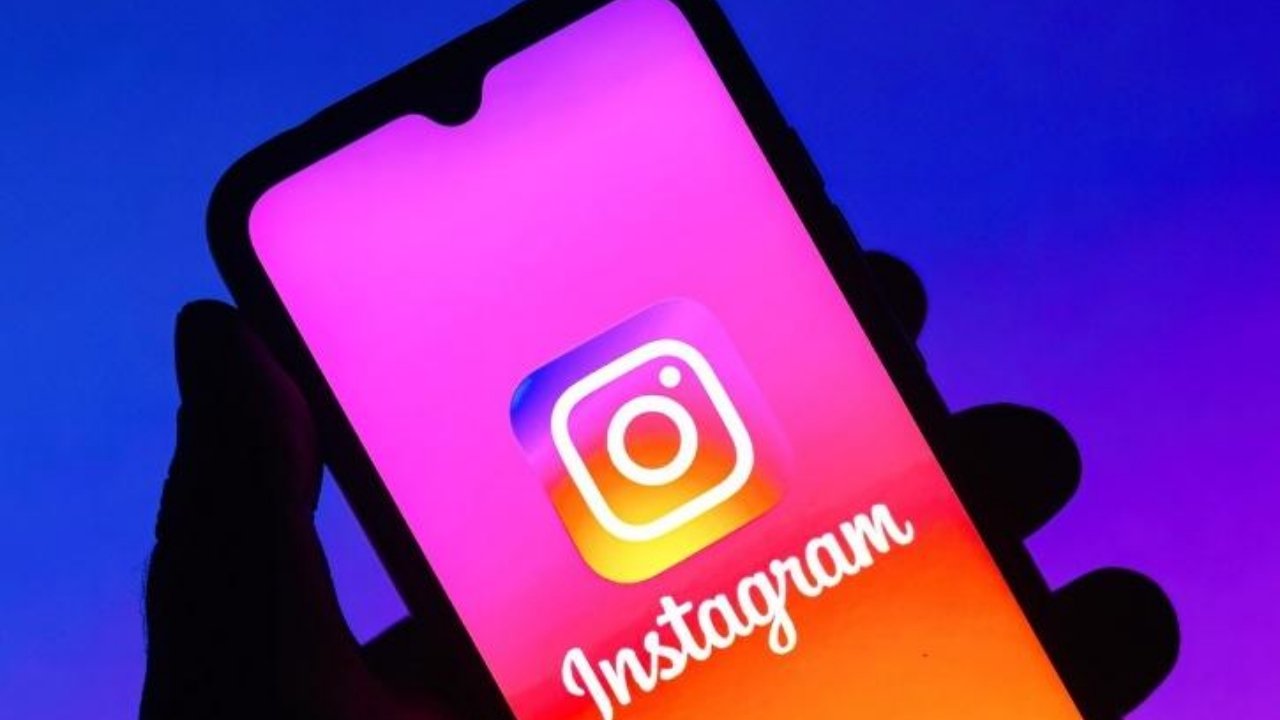Blog
Moon Ball: The Bounciest Toy Revolution on Earth

In a world full of fidget toys and sports gear, one small creation has managed to blend fun, science, and pure excitement into a single, compact design — the Moon Ball. This high-bouncing toy from Waboba has taken playtime to the next level, creating an entirely new way to enjoy outdoor fun. With its iconic cratered design and gravity-defying bounce, the Moon Ball has become a global sensation among kids, teens, and adults alike. But what makes it so special? Let’s explore the science, creativity, and joy behind the world’s most extraordinary bouncing ball.
The Origin of the Moon Ball
The Moon Ball was developed by Waboba, a company best known for creating unique toys that play with physics and natural elements. Founded in Sweden, Waboba originally became famous for its water-bouncing ball. The Moon Ball, however, brought that innovation to dry land. Inspired by the surface of the Moon, its cratered texture and lightweight material were designed to maximize bounce, energy return, and sound. What started as a fun experiment quickly evolved into a global phenomenon, loved by millions for its simple yet thrilling performance.
The Science Behind the Bounce
The Moon Ball isn’t just fun — it’s a product of physics in action. Its bounciness is due to the compression and energy transfer properties of its special rubber-like material. When you throw the Moon Ball, it compresses upon impact and releases energy rapidly, propelling it back into the air with incredible force. The cratered surface reduces air resistance and helps it reach higher altitudes compared to regular balls. In ideal conditions, it can bounce up to 100 feet high — that’s equivalent to a 10-story building! Its distinctive “pop” sound upon impact adds to the sensory experience, making every bounce satisfying and exciting.
Design and Construction
The Moon Ball’s unique design is its most recognizable feature. The spherical body is covered with deep craters that resemble the Moon’s surface, which not only give it aesthetic appeal but also serve a practical purpose. The dimples reduce drag and increase lift, enhancing both speed and bounce height. It’s made of a lightweight, durable, and slightly elastic material that withstands impact on hard surfaces like concrete, asphalt, or gym floors. Available in vibrant colors such as neon green, blue, orange, and purple, each Moon Ball stands out as a playful, eye-catching toy.
Why It’s Called the “Moon” Ball
The name “Moon Ball” wasn’t chosen by accident. The ball’s cratered design mirrors the surface of the Moon, while its gravity-defying bounce gives the illusion of zero gravity play. Just as astronauts experience light, floating motion on the lunar surface, players experience exaggerated bounces that seem to defy Earth’s gravitational pull. The name captures the magical, space-like feeling of watching the ball soar high above your head.
Moon Ball vs. Regular Bouncing Balls
Unlike ordinary rubber balls, the Moon Ball is engineered for performance. Traditional balls rely on smooth surfaces that distribute impact evenly, but the Moon Ball’s uneven texture increases energy return by focusing pressure on smaller contact points. This results in explosive bounces that can catch even experienced players off guard. Additionally, its sound and unpredictable motion make games more engaging. Regular balls simply can’t match the Moon Ball’s combination of height, speed, and excitement.
How to Play with a Moon Ball
The beauty of the Moon Ball lies in its simplicity — you don’t need a rulebook or setup to have fun. You can bounce it off walls, play catch, or create your own games. Street games like “Wall Ball” and “Roof Bounce” have gained popularity among teens using the Moon Ball. It’s also great for hand-eye coordination drills in sports training or just stress relief during breaks. Whether you’re playing solo or with friends, the only limit is your imagination.
Moon Ball in Sports and Training
Beyond recreational play, the Moon Ball has found a place in sports training. Athletes use it to improve reflexes, reaction time, and coordination. Its unpredictable bounce pattern challenges players to adapt quickly — a valuable skill in sports like tennis, baseball, or soccer. Coaches use it in warm-ups and agility drills, especially for young players learning spatial awareness. It turns practice sessions into dynamic, fun-filled experiences while improving athletic performance.
The Sensory Appeal of the Moon Ball
One of the reasons people love the Moon Ball is its sensory feedback. The loud “pop” sound it makes when hitting hard surfaces is instantly gratifying. Combined with its lightweight feel and explosive bounce, it offers a multisensory experience — sight, sound, and touch — that appeals to both kids and adults. For individuals with ADHD or sensory-seeking behaviors, it can act as a therapeutic fidget tool, providing tactile stimulation and helping with focus and relaxation.
Why Kids Love the Moon Ball
Kids are naturally drawn to things that defy expectations, and the Moon Ball does exactly that. Its unpredictable bounce keeps play exciting and encourages creativity. Children can invent new games on the spot, test how high it goes, or challenge friends in friendly competitions. Its durability also means parents don’t have to worry about it breaking easily, making it a safe and long-lasting toy. Unlike video games or screens, the Moon Ball encourages outdoor play and physical activity — a refreshing change in today’s digital world.
Adults and the Moon Ball Craze
Adults aren’t immune to the charm of the Moon Ball either. It’s become a popular office toy and stress reliever, often found bouncing around workplaces or parks during breaks. The satisfying sound and motion help reduce anxiety and stimulate mental alertness. Many adults appreciate the nostalgia it brings — a reminder of simpler times when play was pure and unstructured. For parents, playing with their kids using a Moon Ball creates bonding moments filled with laughter and movement.
The Moon Ball Community
The Moon Ball has inspired an entire community of fans across social media platforms. Players share clips of insane trick shots, world-record bounces, and creative games. Challenges like “Moon Ball Trick Shot Tuesday” have gone viral, turning the toy into a social sensation. This community-driven excitement has helped the brand expand globally, creating a culture of active, joyful play. It’s not just a ball — it’s part of a lifestyle centered on creativity, fun, and movement.
Collectibility and Variations
Waboba has released multiple versions of the Moon Ball over the years. These include glow-in-the-dark editions, themed color collections, and limited seasonal releases. Some are designed for higher bounces, while others focus on aesthetics or texture differences. Collectors often seek out rare designs, trading them online or displaying them as part of toy collections. The brand’s playful approach to design ensures that there’s always something new for fans to look forward to.
Educational Value of the Moon Ball
Teachers and parents have discovered that the Moon Ball can also be an educational tool. Its physics-based design makes it perfect for demonstrating principles of energy, motion, and gravity. In science classrooms, students use it to study kinetic energy and elasticity. Beyond academics, it encourages teamwork, problem-solving, and physical coordination. It proves that learning doesn’t have to be confined to textbooks — sometimes, all it takes is a ball that bounces to the Moon and back.
Safety and Durability
Safety is a top priority in toy design, and the Moon Ball excels here. Made from non-toxic, high-quality rubber, it’s safe for all ages. It doesn’t shatter, deflate, or wear down easily, even after countless impacts. The material is easy to clean, and its design prevents it from collecting dirt or moisture. Though it performs best on hard surfaces, it’s versatile enough for both indoor and outdoor use. With proper care, a Moon Ball can last for years of play.
Environmental Impact and Sustainability
In today’s eco-conscious world, sustainability matters. Waboba has taken steps to reduce its environmental footprint by improving packaging and production methods. While the Moon Ball itself isn’t biodegradable, its long lifespan reduces waste from disposable toys. Some newer models are made with partially recycled materials, showcasing the brand’s effort to innovate responsibly. Choosing a Moon Ball means choosing fun that lasts, not plastic that pollutes.
The Future of the Moon Ball
As Waboba continues to expand, the Moon Ball remains its flagship success. Future designs may include smart technology integrations, new textures, and advanced materials. The company has hinted at collaborations with sports brands and artists to bring even more creative versions to the market. With its blend of fun, physics, and community spirit, the Moon Ball’s future looks bright — or perhaps, lunar.
Conclusion
The Moon Ball isn’t just another toy — it’s a scientific marvel wrapped in pure fun. Combining physics, creativity, and design, it transforms ordinary play into extraordinary experiences. Its ability to bring people together, encourage outdoor activity, and inspire curiosity makes it more than just a bouncing ball; it’s a symbol of joyful innovation. Whether you’re a child chasing its sky-high bounce or an adult reliving childhood wonder, the Moon Ball reminds us that fun truly has no limits — not even gravity can hold it down.
FAQs
1. What is a Moon Ball made of?
The Moon Ball is made from durable, non-toxic rubber-like material designed for high elasticity and maximum bounce.
2. How high can a Moon Ball bounce?
Under ideal conditions, a Moon Ball can bounce up to 100 feet high, depending on the throwing force and surface type.
3. Is the Moon Ball safe for children?
Yes, it’s completely safe for kids aged three and above. Its soft yet durable material ensures safe play indoors or outdoors.
4. Can you play with a Moon Ball indoors?
While possible, it’s best used outdoors due to its extreme bounce, which can easily hit ceilings or walls.
5. Why does the Moon Ball make a popping sound?
The craters on its surface trap air, creating a distinct “pop” sound when the ball hits hard surfaces at high speed.
-

 Tech1 year ago
Tech1 year agoHow to Use a Temporary Number for WhatsApp
-

 Business2 years ago
Business2 years agoSepatuindonesia.com | Best Online Store in Indonesia
-

 Social Media1 year ago
Social Media1 year agoThe Best Methods to Download TikTok Videos Using SnapTik
-

 Technology1 year ago
Technology1 year agoTop High Paying Affiliate Programs
-

 Tech10 months ago
Tech10 months agoUnderstanding thejavasea.me Leaks Aio-TLP: A Comprehensive Guide
-

 FOOD1 year ago
FOOD1 year agoHow to Identify Pure Desi Ghee? Ultimate Guidelines for Purchasing Authentic Ghee Online
-

 Instagram3 years ago
Instagram3 years agoFree Instagram Auto Follower Without Login
-

 Instagram3 years ago
Instagram3 years agoFree Instagram Follower Without Login



















